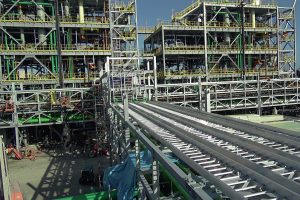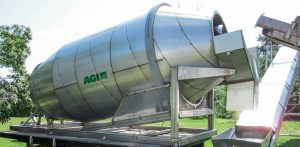
IFA 2023 Annual Conference
Some 1,400 delegates from 533 companies and 83 countries gathered in Prague, Czech Republic, for the 90th International Fertilizer Association (IFA) Annual Conference, 22 May – 24 June 2023. We report on the main highlights of this three-day flagship event.









